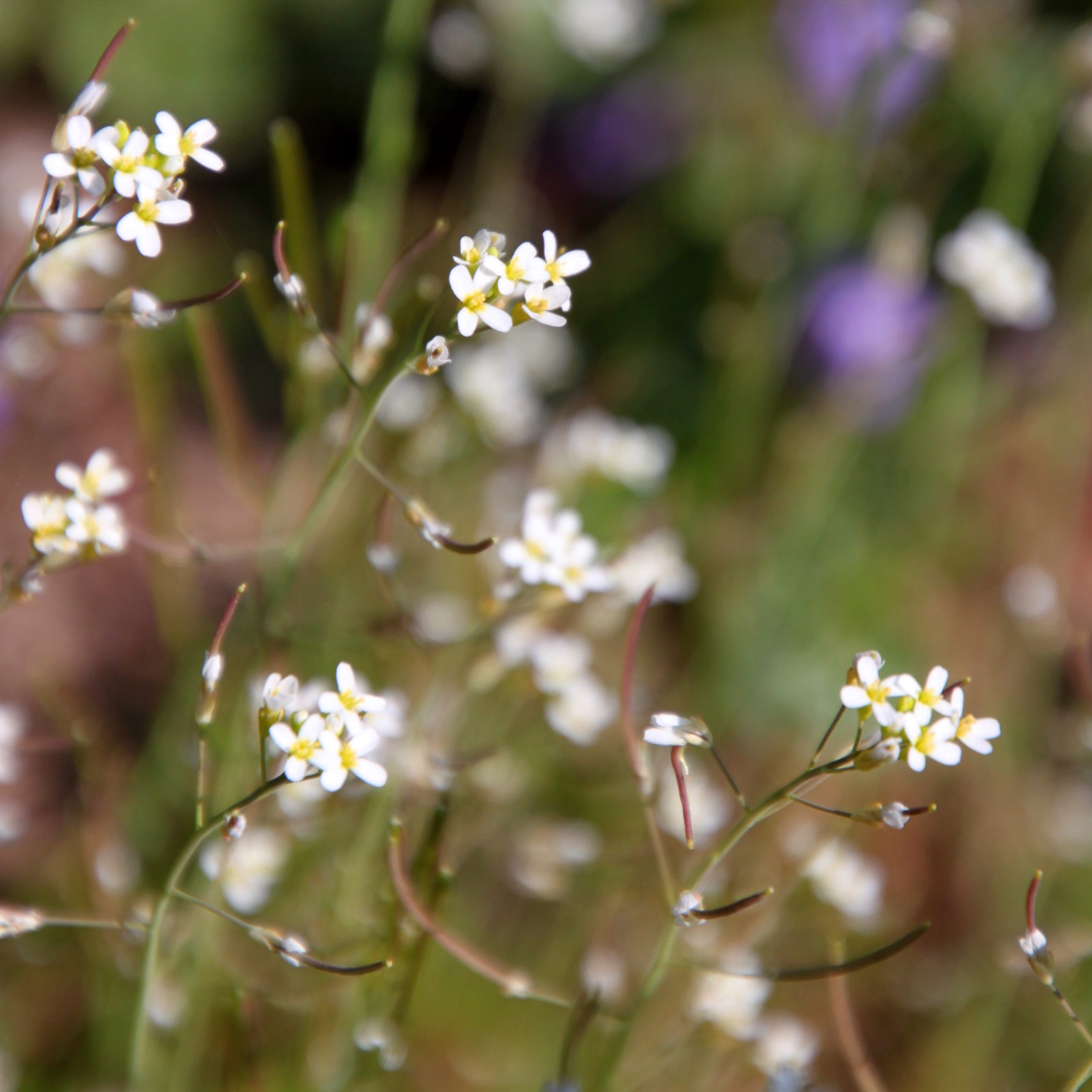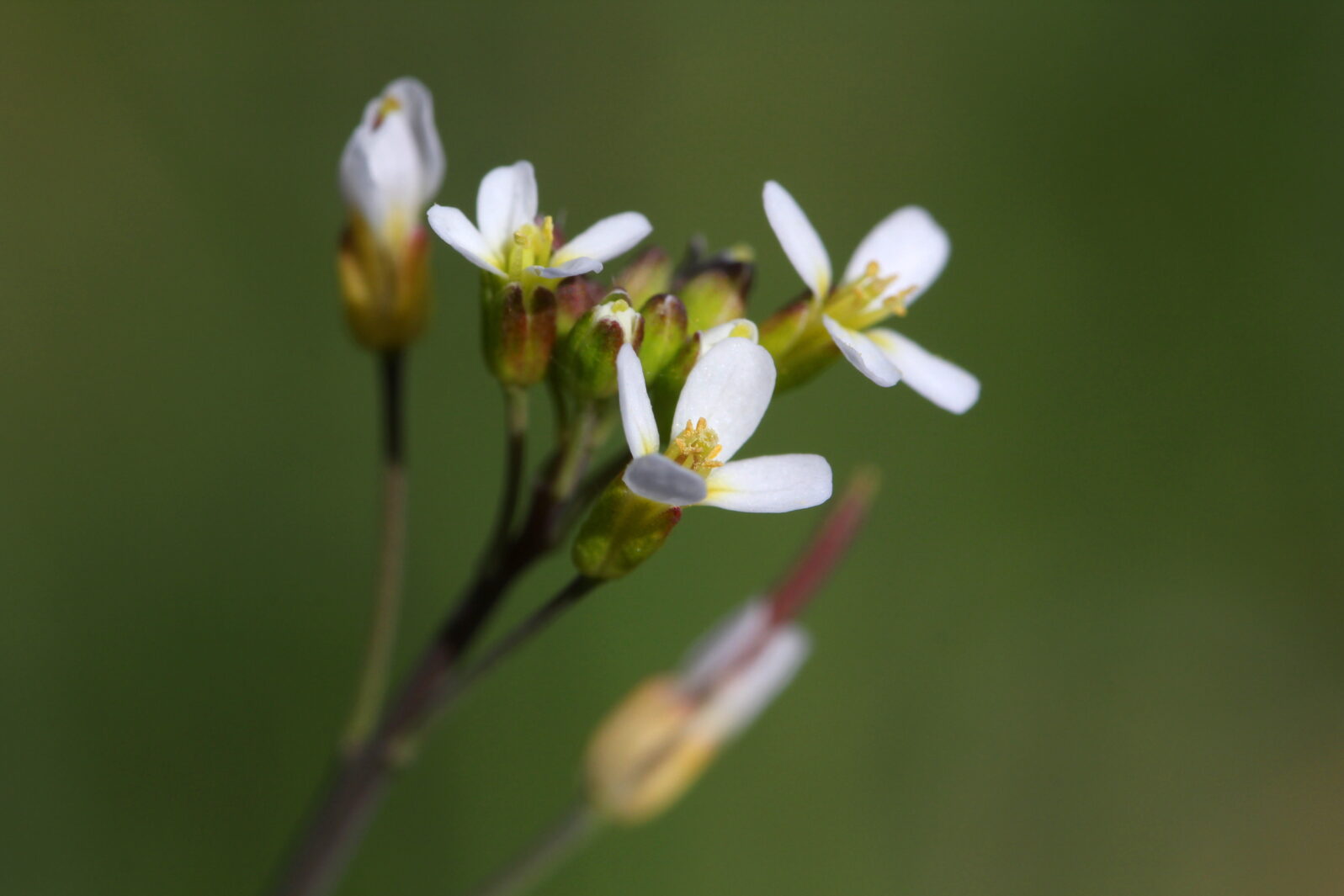Researchers: Yes, Plants Have Nervous Systems Too
Not only that but, like mammals, they use glutamate to speed transmission
Recently, a research team observed the outcome of wounding a plant called Arabidopsis thaliana, a mustard often used in experiments. The really remarkable part is that “these channels are activated by extracellular glutamate, a well-known mammalian neurotransmitter”:
This study combines genetic and imaging approaches to reveal a rapid and long-distance signaling pathway that communicates leaf damage to intact leaves that are spatially and developmentally distant from the wounded leaf. Toyota et al. detect increased calcium signals at the site of both herbivore and mechanical wounding within 2 s and in distant leaves within 2 min after damage. This signal moves through the plant vasculature at rates of ~1 mm/s, which is faster than can be explained by diffusion.
Gloria K. Muday, Heather Brown-Harding, “Nervous system-like signaling in plant defense” at Science
“Faster than can be explained by diffusion” means that the transmission appears to be a signal rather than simply the normal course of diffusion in plants. Muday and Brown-Harding explain that in mammals, glutamate receptors speed neurotransmission and in plants they may enable quicker signals to distant parts of the plant. Many details remain to be filled in, of course:
Future experiments are needed to resolve whether glutamate is moving long distances rather than acting via the localized release and long-distance propagation of ionic signals.
Gloria K. Muday, Heather Brown-Harding, “Nervous system-like signaling in plant defense” at Science
Of course, insects find a way around these communications among plant nervous systems. One insect, for example, gets plants to transmit false information to other plants. When the whitefly (Bemisia tabaci,), a well-known pest of vegetable gardens, attacks, it causes victim plants to emit odors that warn other plants against pests other than insects. Confusing the plants’ information signals in this way obviously helps the whitefly but it is not a complete disaster for the plant:
Whiteflies function like mosquitoes for plants, spreading viruses and other diseases. Even drops of whitefly pee, sometimes called honeydew, attract sooty mold.
Susan Milius, “A major crop pest can make tomato plants lie to their neighbors” at ScienceNews
Getting control of natural information systems might be a future pest control strategy. If, for example, researchers found a way to get control of the whitefly’s information system, perhaps it could be induced to attack commercially valueless or pest plants instead of cultivated ones.
Nature is so full of information whose origin we cannot really account for under currently acceptable hypotheses but nothing prevents us from using it to our advantage in the meantime.
Note: Here’s the abstract from the paper, which is open access:
Rapid, long-distance signaling in plants:
Abstract: Animals require rapid, long-range molecular signaling networks to integrate sensing and response throughout their bodies. The amino acid glutamate acts as an excitatory neurotransmitter in the vertebrate central nervous system, facilitating long-range information exchange via activation of glutamate receptor channels. Similarly, plants sense local signals, such as herbivore attack, and transmit this information throughout the plant body to rapidly activate defense responses in undamaged parts. Here we show that glutamate is a wound signal in plants. Ion channels of the GLUTAMATE RECEPTOR–LIKE family act as sensors that convert this signal into an increase in intracellular calcium ion concentration that propagates to distant organs, where defense responses are then induced.
Masatsugu Toyota, Dirk Spencer, Satoe Sawai-Toyota, Wang Jiaqi, Tong Zhang, Abraham J. Koo, Gregg A. Howe … , “Glutamate triggers long-distance, calcium-based plant defense signaling” at Science (paywall)
See also: Can plants be as smart as animals? Seeking to thrive and grow, plants communicate extensively, without a mind or a brain
and
Evolution appears to converge on goals—but in Darwinian terms, is that possible? Using glutamate as a neurotransmitter is an example of convergence between mammals and plants.
